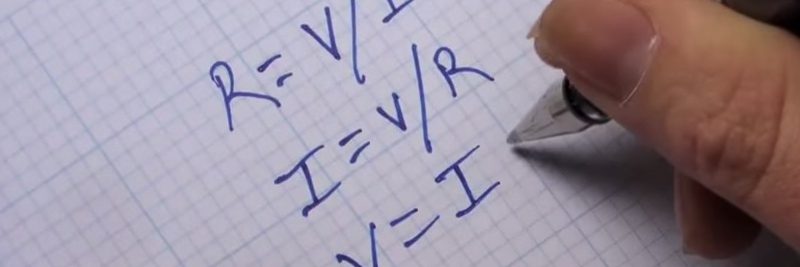Ohm’s law is pretty simple. It states that a current that is between two points is directly proportional to the potential different across those two points. This law was developed by Georg Ohm, who was a German mathematician and physicist. It was during his time as a teacher that his began to work with creating electrochemical cells and that’s when he discovered the relationship of direct proportionality. Born in 1789, over the years he created a number of thoughts that would inspire others to develop their own theories.
Although Georg Ohm is primarily known for Ohm’s law today, there are a few other notable contributions for which he is credited. Here is a look at his life’s work and how it has influenced technology even today.
Ohm Was a Prolific Writer
The scientific community also recognized Georg Ohm for his work in mathematics regarding the galvanic circuit. His papers that documented his observations were published in 1827 and his work is directly responsible for the creation of today’s modern dry cell battery. You can find these batteries in virtually anything today, from the remote control for the television in your home to the batteries that power a remote control car.
His observations on the galvanic circuit also led to the development of accurate meters and readers that can track current. Because of Ohm’s work, it is possible to have electrical power that is safe and widespread throughout the world today, so virtually all modern technology that is used today can be traced back in some way to the work that he performed.
Ohm also thought that there would be a similar relationship in sound as there was in electricity. These observations are called Ohm’s Acoustic Law and states that the harmonic pitch of a sound that is processed by the ear as a pure harmonic tone. Although it isn’t completely true because the sounds can be distinguished, his observations did lead to the development of harmonic musical compositions that are more like what we’d hear today in modern music.
Ohm Wasn’t What You’d Call a Popular Guy
Even though Ohm’s work is considered a foundational part of today’s science, his work wasn’t really recognized as being influential. The scientific community at the time wasn’t very enthusiastic about his observations, but eventually in 1841 he was awarded the Copley Medal. Charles Wheatstone took notice of Ohm’s calculations and they became part of his work as well, which includes the Wheatstone Bridge, a device that is used to measure an unknown electrical resistance.
In his final days, Ohm began working with molecular physics, but learned that one of the discoveries that he was going to publish in it was being anticipated by the scientific community. He decided not to publish the specific work and abandoned his research into the area.
Ohm passed away in Munich, Germany in 1854. He would often write letters to his family and many of them were published after he had died. Many of them had the expression “Commended to God” as part of his signature, which was ultimately the reason why he worked so hard in the first place. That’s who he wanted his work accredited to in the end.
Strong proponent of individual liberty and free speech. My goal is to present information that expands our awareness of crucial issues and exposes the manufactured illusion of freedom that we are sold in America. Question everything because nothing is what it seems.




















